Stop fighting with your data and database! It's time to learn SQL.
Have you put off learning SQL because it's clunky and boring? Every time you've done a tutorial your eyes glaze over and your mind wanders to literally anything else.. There's a better way: by making it interesting!.
Join the gang at Red:4 as they dig into the real NASA/JPL data from the Cassini mission to Saturn, searching for signs of life under an icy moon that has confounded scientists for decades.
You're Right SQL is Fun!
::

SQL Tutorials Suck, But Not This One
The world of data science and analysis is alive and fascinating. You get to dig into datasets that are bursting with stories to tell - all you have to do is listen and keep an open mind.
Most database books treat you like a computer—expecting you to absorb dry concepts in isolation, divorced from any real-world context that might actually ignite your curiosity. They forget that humans learn best through stories, through connection, through... well, actual interesting problems worthy of a curious mind.
You have to dig in to something that matters to you. Like maybe trying to find the confirmation of extraterrestrial life, right here in our own solar system, orbiting Saturn.
The Great Cosmic Mystery
Back in 2005, NASA's Cassini spacecraft did a routine flyby of Enceladus, a moon about the size of Great Britain. It's the most reflective body in the solar system, covered with smooth ice... except for its south pole. This little moon gets squeezed between Saturn and Titan, and the gravitational pull generates heat within its core—heat that produces temperatures up to 90°C in some spots, which look suspiciously like the deep water plumes we see here on Earth.
That heated water produces plumes at the moon's south pole which jet material into space. We didn't know what was in that material until 2007, when Cassini flew right through them at ridiculously high speeds and low elevation.
The data is there—gigabytes of it, beamed across the solar system to the computers at NASA/JPL, and when you sign up for the course, you'll have access to all of that raw glorious data yourself.
And you'll start to feel "Analysis Fever", when finding out becomes the most important thing...
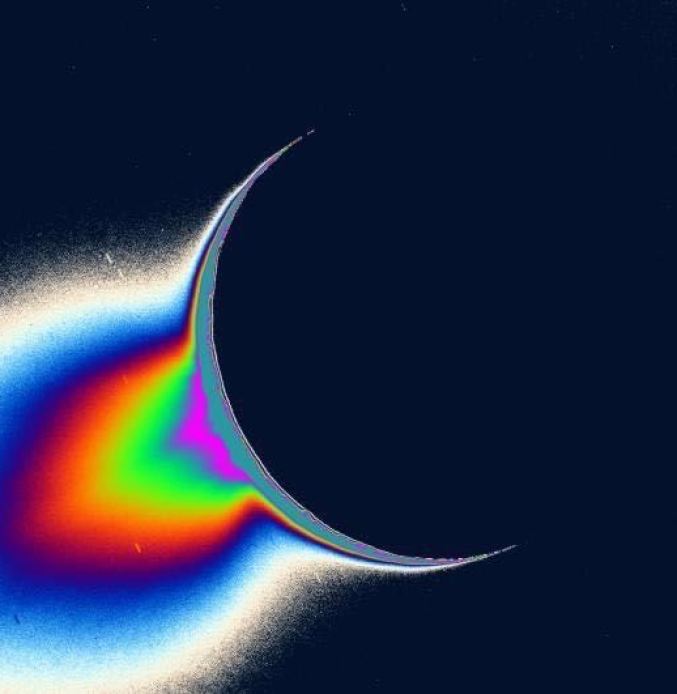
You Will Become a Data Detective, Putting Your Puzzle-solving Skills to the Test
You will import, evaluate, and then assemble the raw NASA/JPL data into a coherent PostgreSQL database, and then you'll start the hunt for answers.
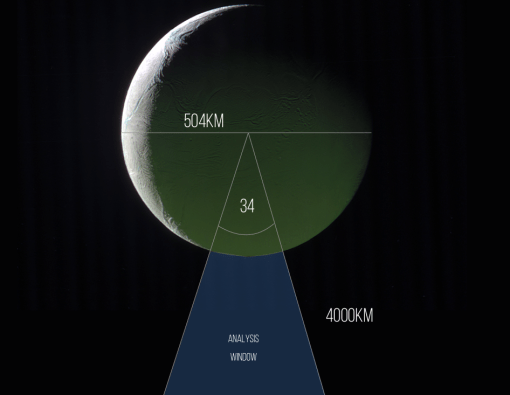
More Than a Tutorial: It's a Fictional Story Come to Life
Learning data science doesn't happy by reading a book - it happens by living it. Digging into CSVs, asking loads of questions and being corrected, constantly, by your peers. You can't just tell someone this will happen, you have to show them.
In this book, you'll step into the shoes of Dee Yan, a fictional intern at aerospace startup Red:4, who's just been handed the keys to a massive set of data straight from Saturn. Dee is in over her head and has learn PostgreSQL the way so many of us do: on the job and under pressure.
You'll run queries looking for the presence of life under this amazing moon, using very real scientific data: thermal, chemical and mineralogical results from two of the most sensitive instruments humans have ever created.

Wait... Seriously? What The Hell Is Going On Up There?
I don't know... you tell me. We can speculate all day about aliens, sunken UFOs and Dr. No's hideout - but you know what would be even better? Letting the data tell us what's going on.
That's what we do as data people: let the data tell us the story. It's all in there, and with Cassini's mission data we have a gigantic amount that we get to sift through for answers.
When you're done with this story, you'll be able to run (and understand) one hell of an amazing database query. These results were dubbed a "smoking gun for life in the waters of Enceladus" by NASA itself.
Start the AdventureWhat You'll Discover in "A Curious Moon"
I won't waste your time with sleep-inducing demos and examples - we're going to hit the ground running by importing millions of records into PostgreSQL right from the command line and then we're going to interrogate it for correctness. From there we put our detective hats on and get to work.

Learning Through a Fun Story
You'll learn PostgreSQL through storytelling, not dry tutorials, so you can maintain interest and actually remember what you learn, which means you'll finally break through your database learning plateau.
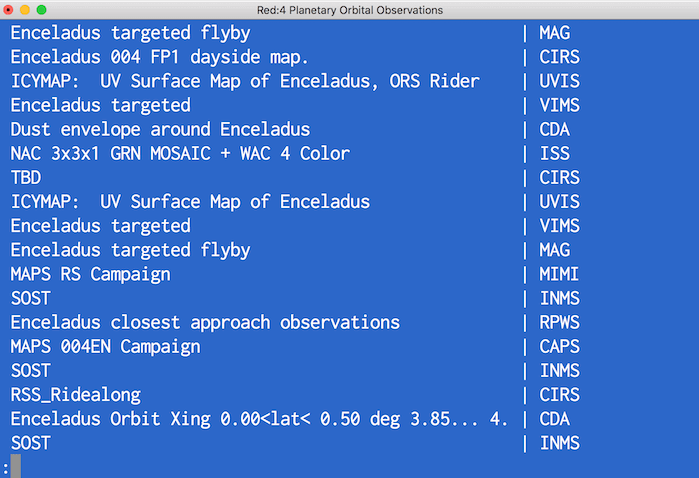
Master ETL Processes
You'll master ETL processes with real NASA data so you can confidently handle complex datasets in your own work, which means you'll be prepared for real-world data challenges.
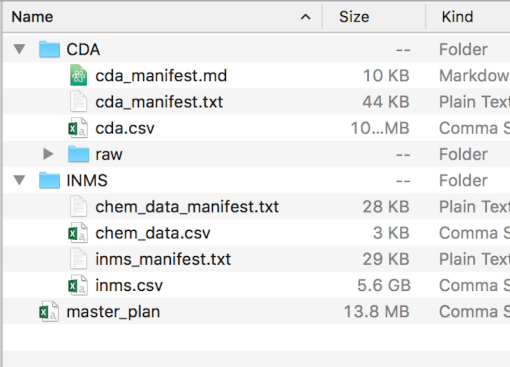
Work with Raw Data
You'll work with raw, imperfect data and learn how to audit and clean it, which means you'll develop real-world skills that textbooks never teach.
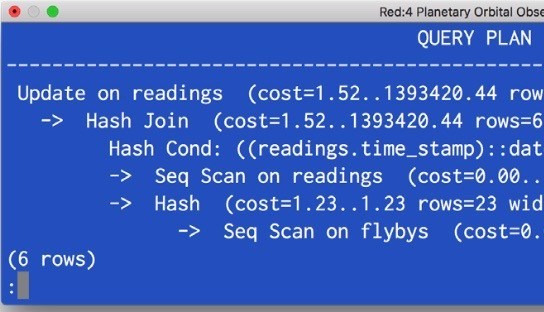
Optimize Database Performance
You'll optimize slow queries using EXPLAIN and ANALYZE to figure out where to put your indexes, which means you'll know how to make your databases lightning fast.
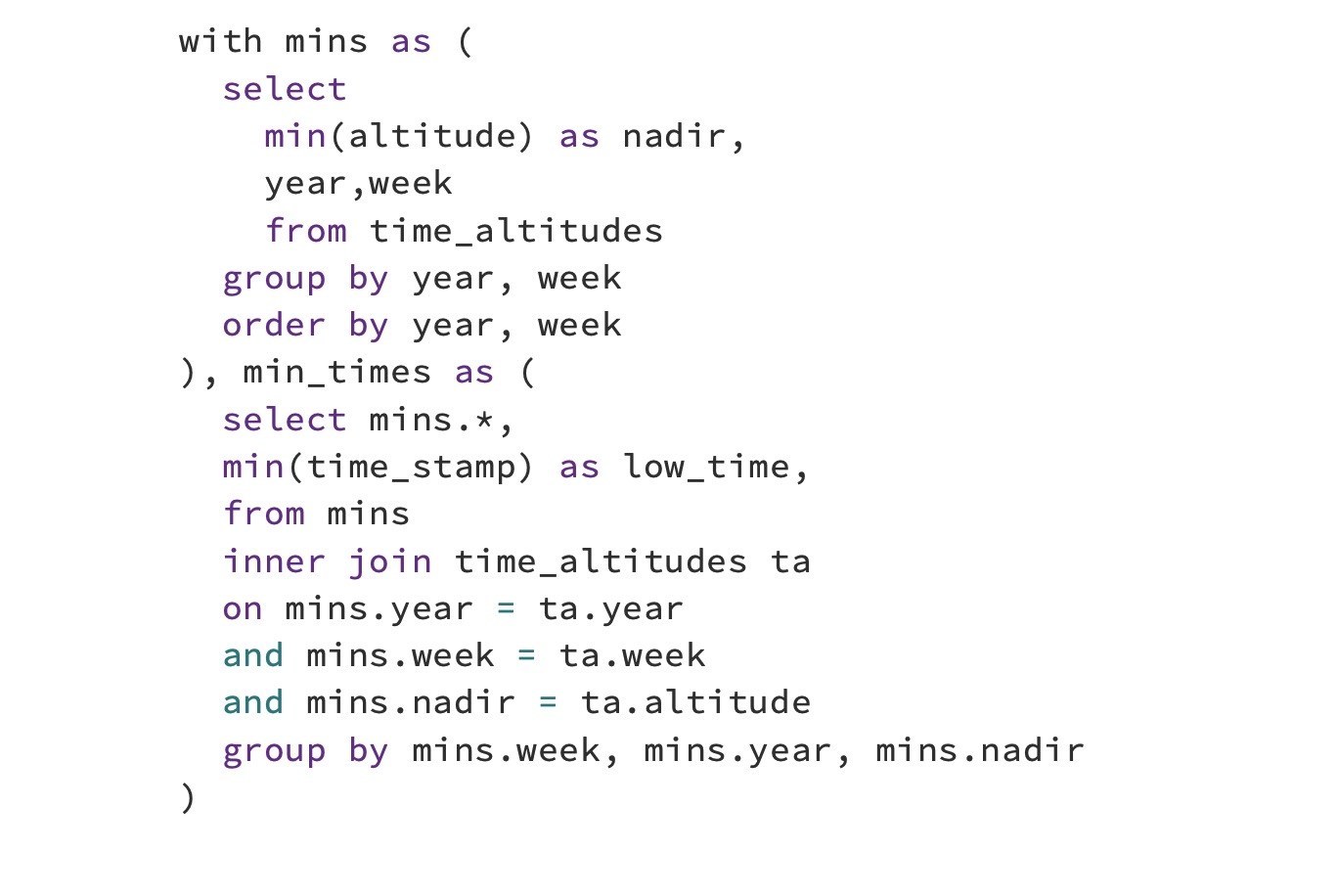
Perform Scientific Analysis
You'll perform mathematical analysis to verify flyby altitudes and speeds using data from the Ion and Neutral Mass Spectrometer during the 22 close encounters with Enceladus, which means you'll understand how to extract meaningful insights from complex datasets.
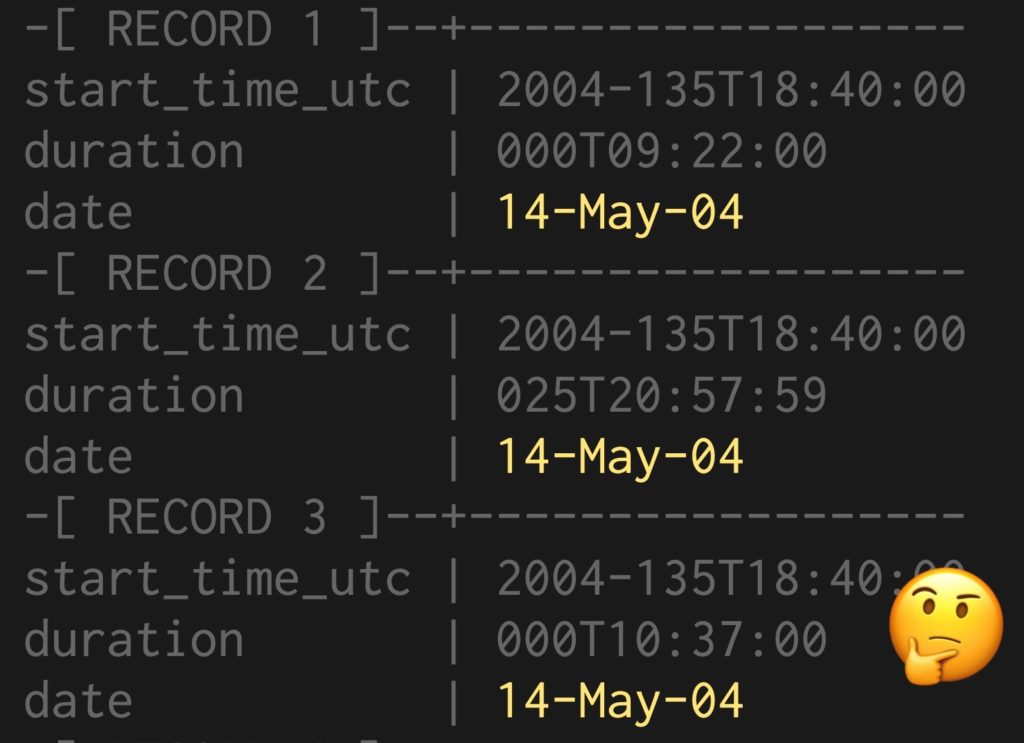
Search for Extraterrestrial Life
You'll run the ultimate analysis: Is there life under the ice of Enceladus? You'll have all the data needed to support this claim, which means you'll experience firsthand how database skills can contribute to groundbreaking scientific discovery.
What Others Are Saying
I took a chance on with this book because I had to. SQL and data skills are too important of a skill to ignore because tutorials are boring!
A Treasure Trove
I've found the book to be a treasure trove of Postgres features. CTEs are blowing my mind right now. I'm a backend engineer, and I've been sharing what I've learned with my coworker who is a DBA. She is picking up some tips through me now! I haven't found a good, engaging tutorial for these intermediate/advanced Postgres tricks, and "A Curious Moon" fills this gap. As a bonus, I'm also picking up some bash tips from the book.
Loren Stewart
George Chatzimanolas
I really am enjoying this book! It is one of the best technical books I've ever read, and I read more than 40 books per year (technical and non-technical). What I like most about this book is that you mixed a sci-fi story with technical writing. It is like a novel for geeks!
Guillaume Lelarge
I just finished Rob Connery's book "A curious moon". Very enjoyable, funny, interesting. So not your usual technical book, so much better in so many ways. I was hooked. PostgreSQL in a scifi story, I would sure love another one like this.
Jon Galloway
Learning some #PostgreSQL (and brushing up on my SQL) with @robconery 's SQL In Orbit course. Pretty cool to analyze actual data from the Cassini mission.
Josh Tompkins
Reading through A Curious Moon... It's like reading The Martian, only instead of trying to survive in the hostile environment of another planet, it's about trying to survive in the hostile environment of snarky DBAs. Compulsively readable. Recommended.
Meggan Turner
I am loving the book! The narrative format is like no other programming book I've ever read, and it's really keeping me engaged and interested. I've struggled in the past to keep pushing through programming books that are dry & stock standard, but the characters in A Curious Moon make the book relatable and it makes me want to learn.
Tobias Petry
Learning SQL beyond simple SELECT/INSERT/UPDATE is the best approach. There are so many sql language constructs the most developers are unaware of. I really would recommend the curious moon book for some playful sql learning
::
::
The Most Fun You'll Have Learning Something New
Spend the weekend with Dee and the gang at Red:4, digging in to the planetary mystery of Enceladus.